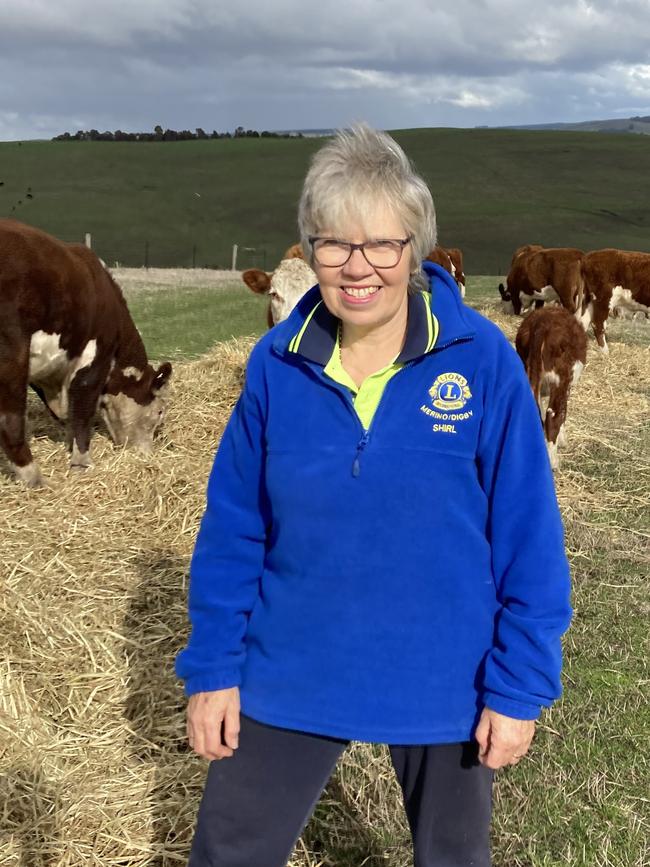Green drought persists: ‘We’ve basically had two months with no rain’
Rain has missed the farms facing Victoria’s green drought over summer, as farmers’ worries turn to water supply. See how producers are feeling.
Water – and the lack thereof – remains the top issue for farmers in Victoria’s southwest, after January failed to deliver much needed falls.
Western Victorian farmers labelled ongoing dry conditions a “green drought” in 2024, as several regions failed to secure their normal falls.
At Henty, Shirley Menz said she struggled to secure feed due to freight costs and availability just seven months ago. Now, water was their biggest challenge.
She had 600 ewes and 20-head of cattle to feed in July, but had destocked numbers slightly to ease the feed and water burdens.
“It was dry as chips but at least we had that bit of rain in December. We got rain in September which gave us time to make fodder, at least we have some fodder and the grass grew,” she said.
“We have feed to a degree now, it’s not as bad. Water is the biggest problem for everyone at the moment.”

Ms Menz and her husband had a licence to pump water from a creek, and pumped two dams full in September which helped carry them through summer.
“Then we’ve basically had two months with no rain,” she said.
“You can’t have stock without water.”
Ms Menz said she put her worries towards the coming weekend, with temperatures up to 37 degrees at Henty.
“If it gets going around here, there’s not the water to fight it,” she said.
Te Mania Angus Merrang farm manager Edward Gubbins’ biggest challenge had also been water availability, and they had applied for a state government grant program.
“We have very little soil moisture that has basically meant our summer crops haven’t gone to where we would like them,” he said.
“We haven’t had the run-off rain this year that we’ve needed, we’re fortunate enough to have a new lease that means our feed situation is okay for the moment.”
He said in 2021, they recorded 130mm of rain for January. This year, they had 15mm.
“Fingers crossed for an early break and a wet February, we need water to run off and fill the dams and that would be great.”
Mr Gubbins said their summer multi-species crops had great probing levels and the weaner cattle were well-fed, but it “won’t last as long”.
In a sign of the challenging times, more than 400 farmers have received cash through the state government’s Drought Infrastructure Grants program since October, and a further 617 grants have been approved in principle.
Farmers had taken up more than 44 per cent of the $12.1m drought infrastructure package to date, which aimed to address the drought conditions in Victoria.
Agriculture Victoria said grants up to $5000 were still available with the On-Farm Drought Infrastructure program, which allows farmers to use the funds to upgrade farm water systems, install stock containment areas, buy grain and fodder storage infrastructure or soil moisture monitors and weather stations.
More than 50 farmers had used free one-on-one sessions with farm advisers to take stock and plan ahead.




